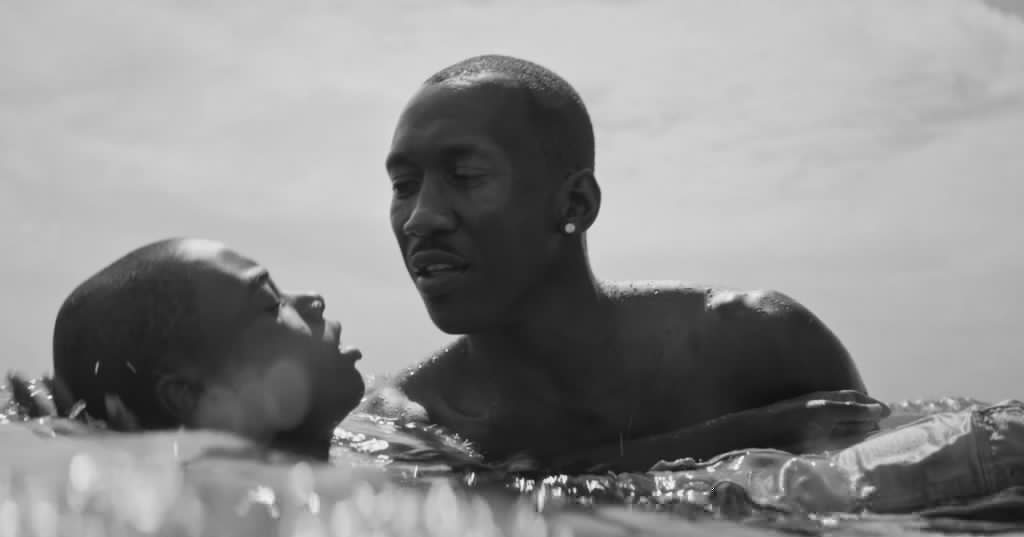One of the most memorable scenes in “Moonlight” features a black man teaching a black boy how to swim. I think the power of the imagery is that it is at once tender and fierce: tender as an expression of trust, love and nurture; fierce because this is a rite of passage, and the journey toward manhood is fraught with many dangers and calls for fortitude. I think it is also a lovely series of images, both in the technical details related to the composition and lighting, but also lovely because it affirms the goodness of being, and bodies, and being a black body in a broken world. By this, I do not mean to suggest, as does Ta-Nehisi Coates in his book, “Between the World and Me,” that we are only our bodies, the sum total of our cells and nothing more. And I think that “Moonlight” is much more soulful in its depiction of reality than Coates is in his commentary on that reality. But we can tend to forget that bodies are important, and in an age when Oscar films rarely feature black bodies or do so in the context of films in which the focal point is violence against black bodies (“Twelve Years a Slave,” “Fruitvale Station,” etc.), it is a solace to see a film wherein black bodies give and receive love.
Of course, this scene is far from sentimental. After all, the father figure is not the actual father and, moreover, is the dealer feeding the mother’s addiction. We see throughout the course of the film just how damaging this drug addiction is on the family unit. Truly, the film is a living sociological study in this regard, revealing the moral complexities of actual persons, without rendering judgment on their actions or seeking to explain and justify those actions. We know the greater context surrounding the swimming scene, and that greater context is important because we are asked by the filmmakers to recognize that the situation is messy and there are very real consequences to bad actions, and yet there is always room for grace. I’ve discussed these things in purposely abstracted language: the film is not concerned with telling the story of “father figures” and “actual persons”: it is telling the story of Juan and Chiron, and it requires you actually seeing them in their full character, beyond what I can describe here, to fully attend to their stories.
I was thinking about “Moonlight” during Eastern University’s “Stand in Solidarity” week in support of our LGBT+ community. One of the reasons I love the movie so much is because it is not ideological, but it does serve a crucial social function. When it comes to shared storytelling in common culture, there are majority narratives, stories that reflect the world as the majority demographic experiences it, and then there are counter-narratives which feature the richly diverse stories of people whose life experiences are vastly different. “Moonlight” is certainly not a majority narrative: being black in America is often by default a counter-narrative, and being black and gay in America is almost always a counter-narrative. But “Moonlight” is not a partisan film pushing a specific political message. Instead, it simply presents the experiences of Chiron as he grows up black and gay and socioeconomically disadvantaged and only asks that we as an audience give these characters our attention.
Eastern’s Stand in Solidarity did have political aims related to specific policy changes being lobbied for, but what I found to be most valuable about the week’s events was the space it created for the sharing of counter-narratives. For example, what does it feel like to be a gay Christian called to ministry who is actively discouraged from pursuing that vocation? I’ve never experienced this, and I would never have even imagined this experience: I didn’t know I needed this story to be told, but I did need it, and I’m glad that this story was given to our community.

